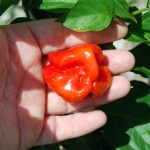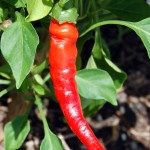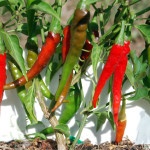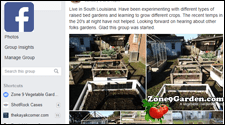![]()
This is an in-depth look at Location Selection for Growing Peppers. This is part of the How to Grow Peppers Series.
Once pepper plants are established they are fairly undemanding. They have relatively low water and fertilizer requirements and have no real special requirements (unless you want to grow hotter hot peppers)
Watering Pepper Plants
Pepper plants do not require much water. They prefer soil that is just barely damp. The moisture of the soil should be about equal to a fully wrung out sponge, damp enough to detect moisture but not wet enough for water to be squeezed out. Pepper plants will start to droop if they are lacking water. At first sight of this droop, water the peppers thoroughly but not excessively.
Fertilizing Pepper Plants
Pepper plants do not require heavy fertilization. Soil that is high in organic matter and is supplemented with high quality compost will have enough nutrients to keep pepper plants growing well and producing a lot of peppers. If high quality compost is not available, a high quality balanced organic fertilizer is the next best option, followed by a standard balanced fertilizer.
Compost should be added once a month while fertilizers should be added once every 3 months, or according to the instructions provided on the bag.
Harvesting Peppers
Pepper plants, when well taken care of, can be quite prolific. They will continue to produce peppers until the weather turns cold on them, and if kept warm over the winter, will start producing again the following spring. Harvesting peppers as often as possible will help increase the production of the plant as well. When the peppers are harvested, the plant will quickly replace that pepper with another.
To harvest peppers, simply cut the stem about 1/2 inch above the pepper. Most pepper are edible when green (not ripe yet) as well as when ripe. When to harvest the pepper depends on the variety and personal preference.





